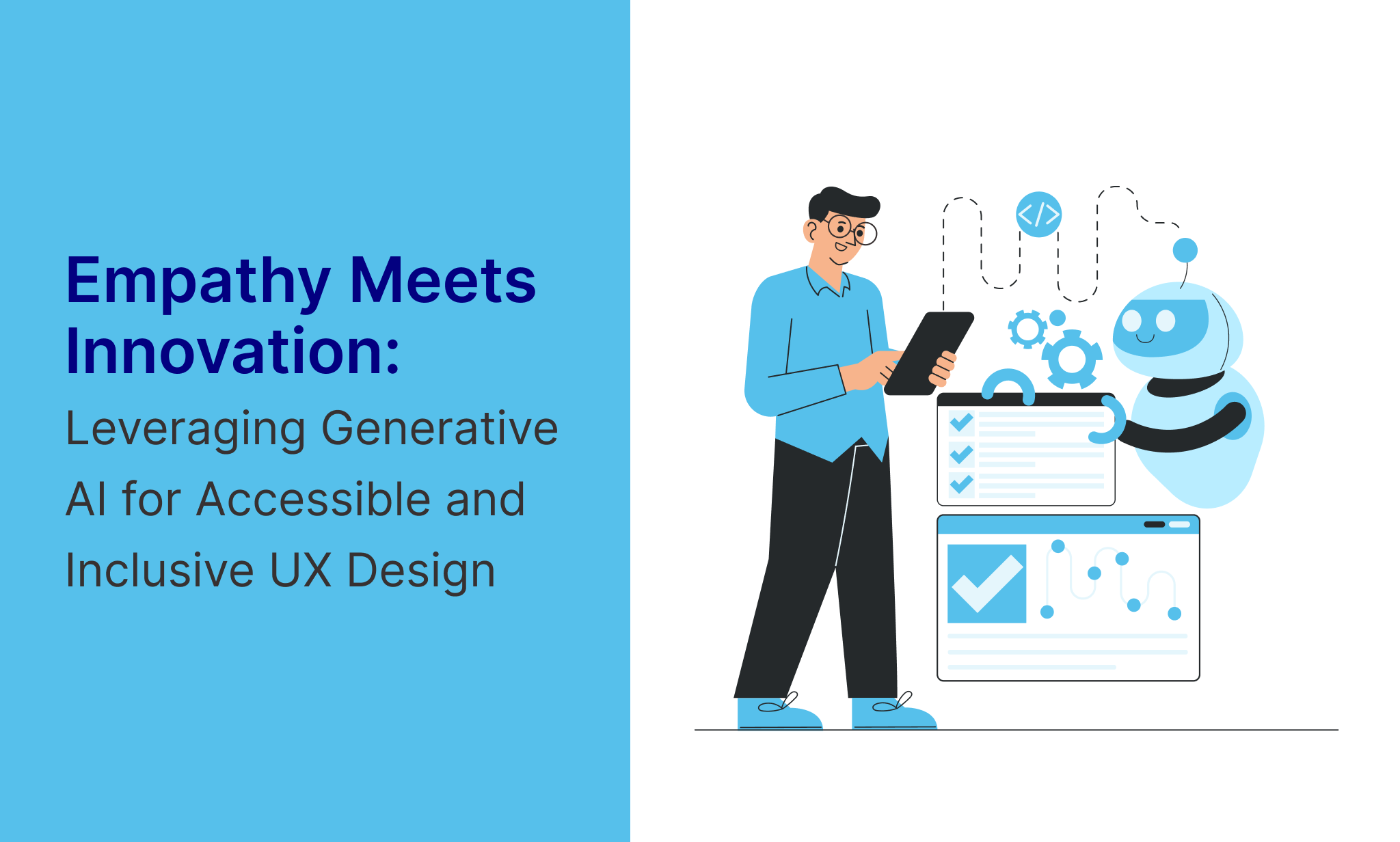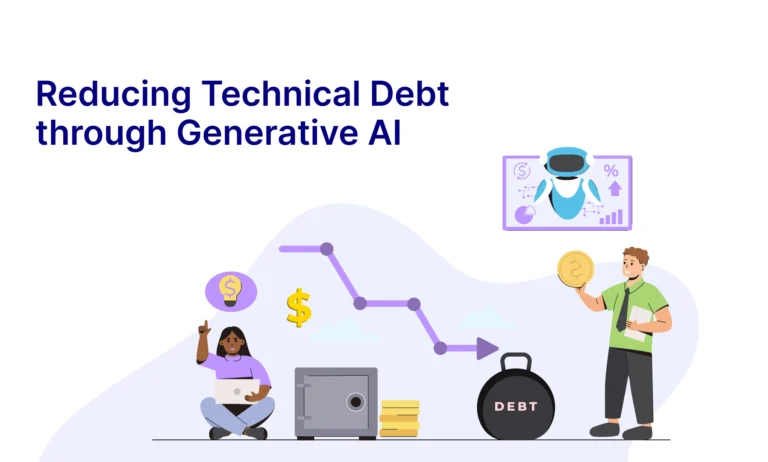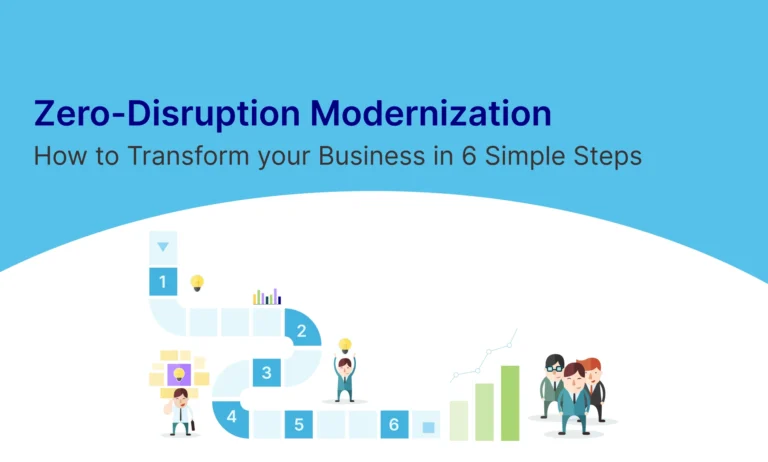Table of Contents
Designing Inclusive Experiences with AI
Creating experiences that appeal to everyone is an ongoing challenge for UX designers. However, what if we could leverage technology to create designs that are both inventive and incredibly inclusive?
A future where accessibility is a fundamental component of user experience rather than an afterthought is becoming possible thanks to generative AI.
Accessiblility and Generative AI: A Perfect Fit
Our approach to accessibility is changing as a result of generative AI, which is well-known for its capacity to produce text, images, music, and even interfaces. It has transformed fields like design and content production, but it also has enormous potential to empower people with disabilities.
How Accessibility Is Improved by Generative AI
- Real-time personalisation: Generative AI can modify information to meet the needs of each user, for example, by offering visual aids or simplifying language for those with cognitive impairments.
- Enhanced Assistive Tools: AI improves the accuracy andresponsiveness of screen readers, closed captioning, and real-time sign language translation.
- Multimodal Expe riences: By translating speech to text, producing audio descriptions, or producing visual aids for various skill levels, AI fills in communication gaps.
Proactive Accessibility Checks: During the design phase, AI- powered tools can identify accessibility problems such as low contrast or unreadable typefaces.
Applications of AI in the Real World for Accessibility.
Accessibility is already being impacted by generative AI. Here are a few real-world examples:
- Automated Alt Text: Visual content can now be accessed by people with visual impairments thanks to AI solutions like Microsoft Azure that create alt text for photos.
- AI-Powered Captioning: To improve video accessibility, platforms like as YouTube employ AI for real-time translation and captioning.
- Adaptive Interfaces: AI-powered programs change colour palettes, text sizes, and navigation patterns based on user preferences.
- Audio Descriptions: AI produces comprehensive audio descriptions for visual content, giving visually impaired consumers a more engaging experience.
AI-powered navigation assistance helps people with mobility issues locate the best routes in applications or real-world locations.

Prominent Tools for AI Accessibility
Here are some essential tools to have in your accessibility toolbox if you’re prepared to incorporate AI:
- Microsoft Azure Cognitive Services: Provides language support, captioning, and alt text driven by AI.
- Otter.ai: Offers meeting and event transcribing in real time.
- The Lookout app from Google: Helps those with vision impairments by providing descriptions of their surroundings.
- Be My Eyes: Provides real-time support by matching visually impaired people with volunteers and artificial intelligence.
- BM Watson Accessibility: Uses AI-driven accessibility insights to improve digital experiences.
- UserWay: Automates compliance recommendations and accessibility tests.
Challenges to Keep in Mind
While the possibilities are inspiring, challenges like bias in AI models, privacy concerns, and cost barriers must be addressed. As designers, we’re responsible for ensuring that AI-powered solutions are inclusive, ethical, and sustainable.

Designers as Accessibility Advocates
As UX designers, we play a crucial part in determining how accessible AI will be. We can take the lead in this way:
- Start with Empathy: Talk to people with disabilities directly to learn about their needs.
- Testing designs: with a range of user groups to improve solutions is known as inclusive testing.
- Collaborate with cross disciplinary Teams: To create inclusive AI solutions, team up with developers, data scientists, and accessibility advocates.
- Continuous Improvement: Update solutions frequently to accommodate changing accessibility requirements.
Conclusion: An Inclusive Future
Generative AI is an opportunity to develop designs that empower everyone, not just a tool. We can remove obstacles and reinterpret inclusive design by incorporating accessibility into our processes. In order to create a digital future where no one is left behind, let’s embrace this technology with creativity and humanity.








